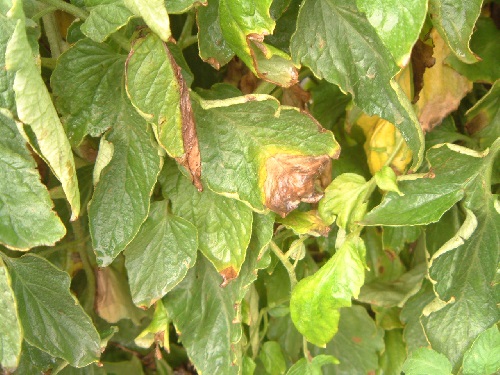New Ag Irrigation Strategies on Tap in the Pacific Northwest
Researchers seeking a geographic poster child for climate change in the U.S. need not break a sweat — record-high temperatures or not. Their search can easily settle upon the Pacific Northwest (PNW).
Tucked in the corners of two countries, the region has spent at least the last decade enduring a climatic home-field disadvantage based on extreme weather events.
- The 2015 growing season in Washington state was one of the driest on record due to early, rapid snow melt. Temperatures during that season’s water year — Oct. 1, 2014, through Sept. 30, 2015 — ranged well above average.
- In 2021, despite a probability of near zero, an unprecedented “heat dome” struck the PNW between June 25 and July 7. All-time highs were set in British Columbia (121° F) and Washington (120° F) and tied in Oregon (119° F).
- Nine months later, Washington went full 180, experiencing its third-coldest and 10th-wettest April in 128 years. The entire meteorological spring (March through May) was the fourth-coldest in much of Puget Sound over 130 years of records.
As growers in the PNW are increasingly learning, if not fearing, when you’re hot, you’re hot; when you’re not, you’re not. Not a bad motto for a climate change poster.
How is this affecting growers in Washington, Oregon, Idaho, and British Columbia? More importantly, how will it affect their children and grandchildren the rest of this century?
Washington State University (WSU) has paid particular attention to the topic. Jennifer Adam, the Berry Distinguished Professor of Civil and Environmental Engineering at the school, has taken advantage of state-of-the-art science and modeling to provide a clearer understanding of the Columbia River Basin while projecting its water future in eastern Washington.
The PNW’s vulnerability to climate change worries Adam on two fronts. Considering she is a hydroclimatologist, her concerns hold, well, a fair amount of water. One vulnerability is wildfire, which is a topic for another day. The other, even more pressing, she says, is the loss of snowpack.
“Those are the two big ones as far as what that I’ve seen from living here in Washington for the last 22 years but also as an academic,” Adam says. “We desperately need our snowpack. In many watersheds, it’s actually our only way of storing water. We don’t have major reservoirs throughout all of these watersheds, nor do we necessarily want to have major reservoirs throughout. This is where we really need to think about the snowpack.”
Enter the latest edition of the Columbia River Basin Long-Term Water Supply and Demand Forecast, of which Adam is the Lead Researcher and Project Manager. Released every five years (Aug. 1 most recently), the report helps to improve understanding of where additional water supply is most critically needed now and in the future. Snowpack, snowmelt, and the watersheds that they feed will play significant roles in the Columbia Basin over the next two decades and beyond, according to the 2021 Forecast.
“The difference between climate and weather has to do with large spatial scales and long temporal scales,” Adam says. With regard to time, “we’re looking mostly about 20 years into the future, but we’re also going to look about 50 years into the future.” Spatially, “instead of looking at your farm or your plot, we’re looking at the Columbia Basin as a whole and then the watersheds within that.”
For more, continue reading the full article featured as part of our Global Insight Series report on Climiate Smart Farming. In addition, check out the previous reports in Meister’s Global Insight Series covering a range of topics from Biological Crop Protection to Irrigation Innovations to Agricultural Technology.










